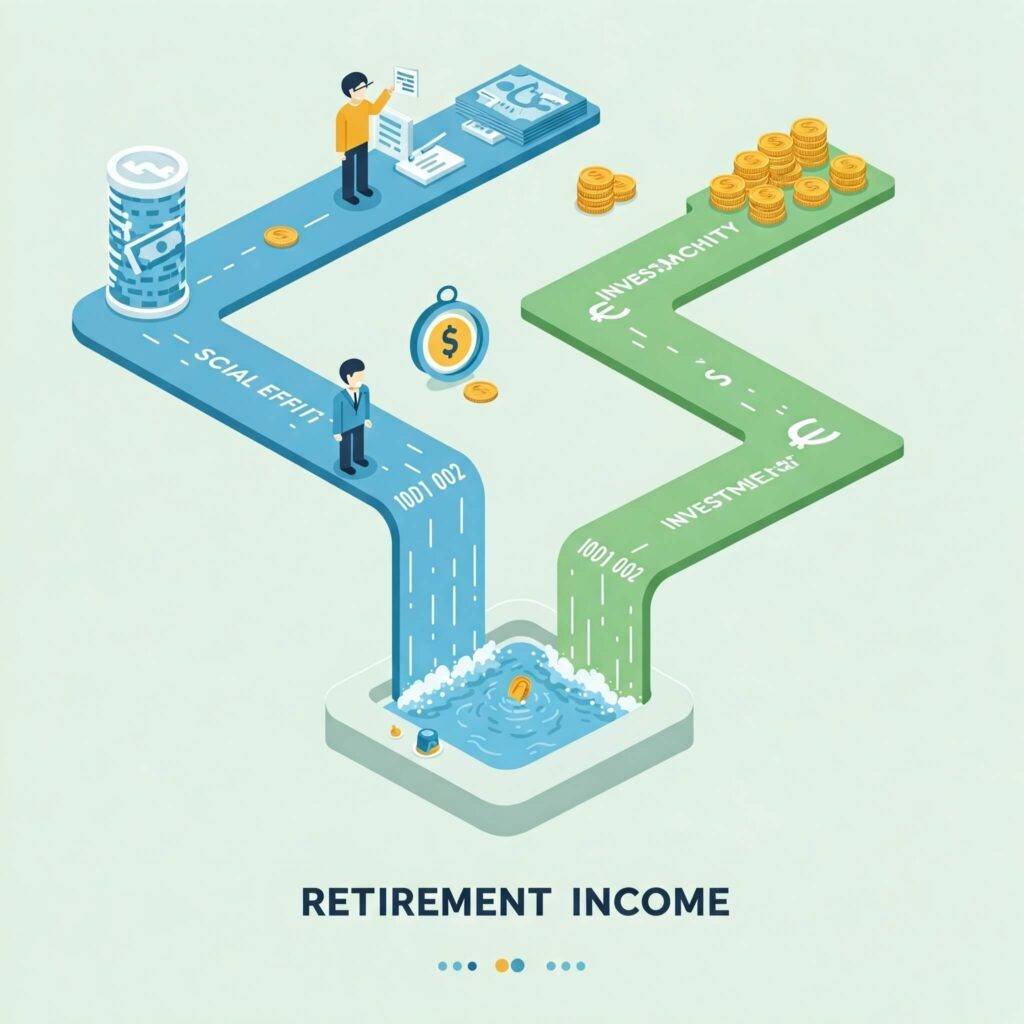Planning for retirement can feel overwhelming, but a solid retirement income plan ensures your golden years are financially secure and stress-free. This guide breaks down how to create a retirement income plan that lasts, offering actionable steps, real-world examples, and expert insights to help you thrive. Whether you’re nearing retirement or just starting to think about it, this article will empower you to build a sustainable financial future.
Why You Need a Retirement Income Plan
A retirement income plan is the roadmap to financial stability after you stop working. Without one, you risk outliving your savings or facing unexpected expenses. According to the U.S. Census Bureau, 50% of Americans over 65 rely heavily on Social Security, which often isn’t enough to cover living costs. A well-crafted plan helps you diversify income sources and prepare for the long haul.

Step 1: Assess Your Retirement Needs
To create a retirement income plan, start by estimating your expenses. Consider housing, healthcare, travel, and daily living costs. For example, Jane, a 60-year-old teacher, calculated she’d need $4,000 monthly to maintain her lifestyle. She factored in inflation and rising healthcare costs, which Fidelity estimates could reach $315,000 for a retired couple.
How to Estimate Expenses
- List current expenses: Track your spending for 3 months to understand your habits.
- Adjust for retirement: Remove work-related costs (e.g., commuting) and add leisure or healthcare expenses.
- Account for inflation: Assume a 2-3% annual increase in costs.
Step 2: Identify Income Sources
A lasting retirement income plan relies on multiple income streams. Common sources include:
- Social Security: Check your estimated benefits at SSA.gov. Most receive $1,500-$2,000 monthly.
- Retirement Accounts: 401(k)s, IRAs, or Roth IRAs can provide steady withdrawals.
- Pensions: If available, these offer predictable income.
- Investments: Dividend stocks or real estate can generate passive income.
- Part-Time Work: Consulting or freelancing can supplement savings.
Real-World Example: Mark, a retired engineer, combines Social Security ($1,800/month), a 401(k) withdrawal ($2,000/month), and rental income ($1,200/month) to cover his $5,000 monthly budget.

Step 3: Create a Withdrawal Strategy
To make your retirement income plan sustainable, decide how to withdraw funds. The 4% rule is a popular guideline, suggesting you withdraw 4% of your portfolio annually, adjusted for inflation. For a $1 million portfolio, that’s $40,000/year.
Withdrawal Tips
- Prioritize tax-efficient accounts: Withdraw from taxable accounts first, then tax-deferred (e.g., 401(k)), and finally Roth IRAs.
- Adjust annually: Reassess your portfolio to avoid depleting funds.
- Consult a financial advisor: They can tailor strategies to your needs.
Outbound Link: Learn more about the 4% rule at Investopedia.
Step 4: Build a Retirement Budget
A retirement income plan requires a budget to ensure your income covers expenses. Categorize spending into essentials (housing, food) and discretionary (travel, hobbies).
Sample Retirement Budget
- Essentials: $2,500/month (housing, utilities, healthcare)
- Discretionary: $1,500/month (dining, travel)
- Emergency Fund: Save 6-12 months of expenses for unexpected costs.

Step 5: Plan for Longevity and Risks
To create a retirement income plan that lasts, account for longevity and risks like market downturns or health issues. The average 65-year-old can expect to live to 85, per the CDC.
Risk Mitigation Strategies
- Diversify investments: Spread funds across stocks, bonds, and real estate.
- Purchase annuities: These provide guaranteed income for life.
- Consider long-term care insurance: It covers nursing home or in-home care costs.
Real-World Example: Susan, 67, bought an annuity that pays $1,000/month for life, ensuring she’ll never outlive her income.
Key Takeaways for a Lasting Retirement Income Plan
- Start early to maximize savings and investment growth.
- Diversify income sources to reduce reliance on one stream.
- Revisit your plan annually to adjust for life changes.
- Work with a financial planner for personalized advice.

